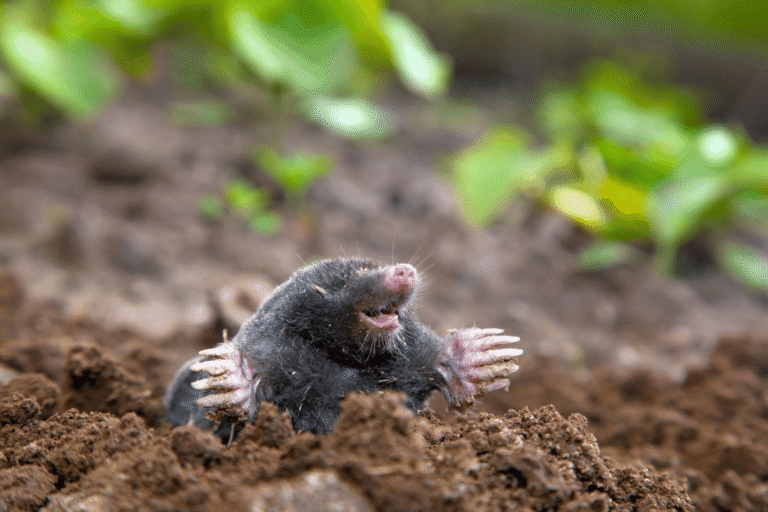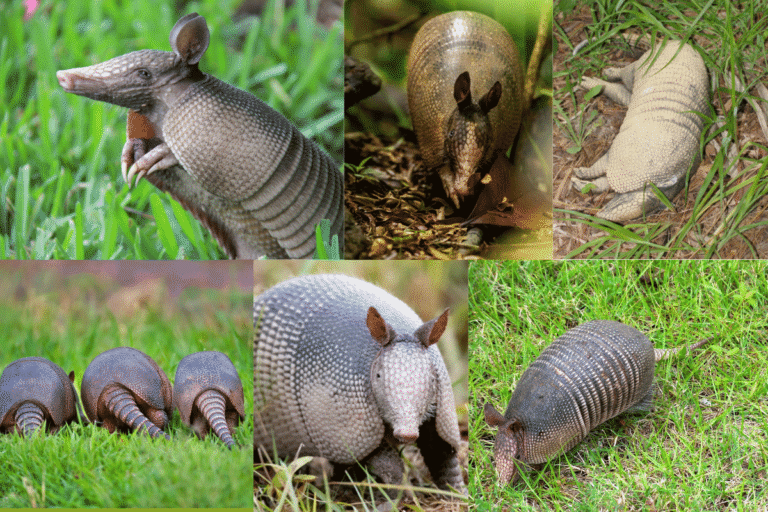Creeping Thyme Lawn – A Whimsical, Aromatic, and Low-Maintenance Experience

As people seek new and environmentally friendly, and sustainable home lawn options, Creeping Thyme has come into favor as a response.
Creeping Thyme is not only a handsome choice, but the plant is also paired with attributes that make it a grass lawn alternative worth considering, like requiring minimal care, being extremely tolerant of drying out, and supporting the food supply for pollinators.
What is Creeping Thyme?
Low-growing Creeping Thyme (Thymus serpyllum or Thymus praecox) is indigenous to Europe and Asia and is a member of the mint family.
It’s a low-growing groundcover that creeps horizontally across the surface, forming a fragrant and visually pleasing carpet.
Creeping Thyme grows to a height of 2–4 inches with dense green leaves and compact clusters of pink, purple, and white flowers.
Advantages of a Creeping Thyme Lawn
- Very Low Maintenance
Doesn’t need regular mowing and stays neat on its own. Perfect for those who want a tidy lawn without constant upkeep. - Low-Water Needs
Once established, Creeping Thyme requires very little watering, making it ideal for drought-prone or arid areas. - Pollinator-Friendly
Its vibrant blooms attract bees, butterflies, and other helpful pollinators, promoting a healthy garden ecosystem. - Aromatic and Relaxing
Walking on Creeping Thyme releases a pleasant, herby scent. The foliage is soft and makes for a soothing underfoot experience. - Natural Weed Suppression
Its dense, mat-like growth chokes out weeds, reducing the need for chemical herbicides.
Disadvantages of a Creeping Thyme Lawn
- Slow to Establish
Creeping Thyme takes time to fill in. Full coverage can take months or even over a year, requiring patience. - Not Ideal for Heavy Foot Traffic
While it can handle light walking, frequent or heavy foot traffic can damage the plants. It’s best to add stepping stones for walkways. - Requires Full Sun
It does not do well in shaded areas. At least 6 hours of direct sunlight is essential for healthy growth. - Higher Initial Cost
Buying plugs or starter plants is more expensive than traditional grass seed, which may affect upfront landscaping budgets.
How to Plant a Creeping Thyme Lawn
- Prepare the Area
Choose a sunny spot that receives at least 6 hours of sunlight daily. Remove any existing grass or weeds and loosen the soil. - Improve the Soil
Mix in compost or sand to boost drainage, especially if the soil is heavy or clay-like. - Planting
Use plugs or small thyme plants spaced 6–12 inches apart. Water thoroughly after planting. - Initial Watering
Keep the soil evenly moist for the first few weeks while the plants establish roots. Avoid flooding or soggy soil. - Regular Maintenance
Trim occasionally to encourage bushier growth. Divide large clumps every few years for better health and spread.
How to Care for a Creeping Thyme Lawn
- Watering: After the first few weeks, only water during long dry spells. It’s drought-tolerant once established.
- Fertilizing: Typically, it doesn’t require fertilizing. A light layer of compost in spring can help stimulate fresh growth.
- Pruning: After flowering, lightly trim to maintain a tidy appearance and encourage new leaves.
- Dividing: Every 2–3 years, divide mature plants to rejuvenate them and spread them to new areas.
- Weed Management: Use mulch between new plants during the first year to keep weeds at bay until full coverage is achieved.
Creeping Thyme vs. Traditional Grass
| Feature | Creeping Thyme | Traditional Grass |
|---|---|---|
| Mowing Required | No | Yes |
| Watering Needs | Low | High |
| Foot Traffic Tolerance | Medium | High |
| Shade Tolerance | Low | Varies |
| Pollinator-Friendly | Yes | No |
| Appearance | Flowers & Fragrance | Plain Green |
Final Thoughts
A Creeping Thyme lawn is a beautiful, fragrant, and environmentally-conscious alternative to traditional turf.
Though it takes time to establish and may not be suited for every location, its charming appearance, soft texture, and minimal upkeep make it a fantastic choice for homeowners who value sustainability, low maintenance, and natural beauty.






